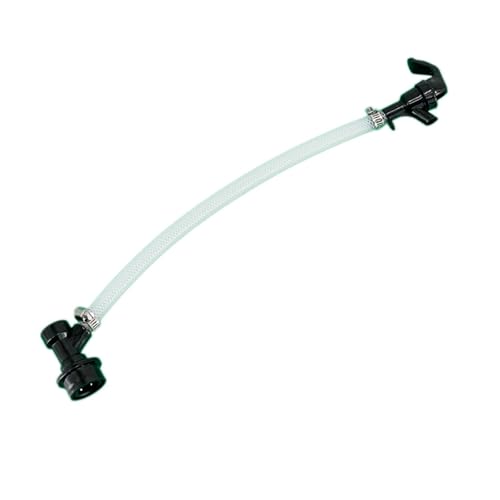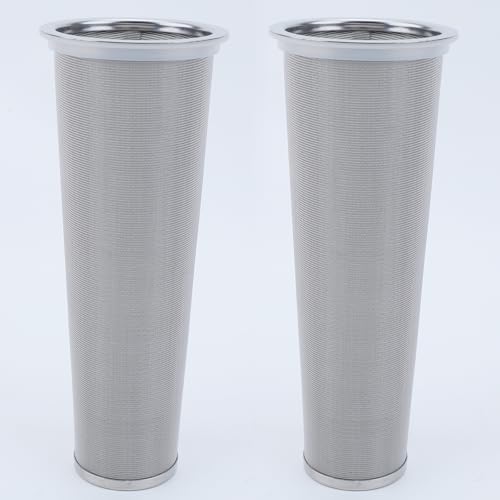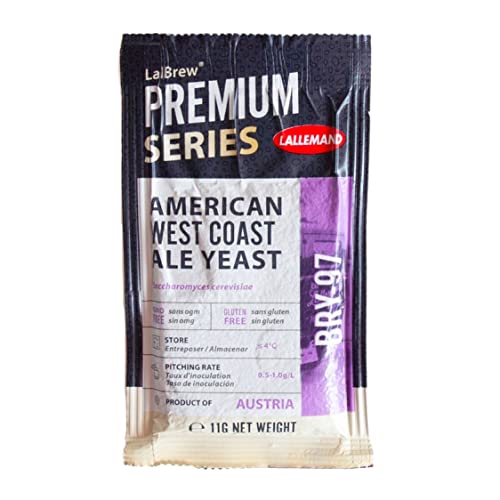EarlyAmateurZymurgist
Well-Known Member
- Joined
- Aug 4, 2013
- Messages
- 518
- Reaction score
- 140
There is a problem with your microbiology here. The beer spoilage organisms you listed (Lacto, Pedio, Aceto) are NOT spore formers. The common sanitation practices are sufficient to avoid these organisms, as long as they are thorough. In fact, the ONLY beer spoilage organism that is a spore-former is from the genus Bacillus and it is sensitive to hops, and thus not a serious threat. Also, I am not sure if you read the source you posted, but they do not describe a single spore-forming bacteria involved in beer spoilage.
Your whole premise of avoiding bacterial spores is irrelevant. Spores are just not a concern, and mostly for the reasons you have already mentioned (particularly pH).
No, part of my premises is avoiding spores. Rinsing yeast with boiled water raises the pH of the culture, which is a concern. People who rinse yeast with boiled water tend to store it under boiled water. Are you telling me that that pH change is not going to allow any spores in the culture to turn into vegetative cells and that there are no flavor affecting bacteria that are spore formers?


 But what is the significance of the species Cerevisiae? as it is a species of yeast, acetobacteria and Megasphaera.
But what is the significance of the species Cerevisiae? as it is a species of yeast, acetobacteria and Megasphaera.











































![Craft A Brew - Safale BE-256 Yeast - Fermentis - Belgian Ale Dry Yeast - For Belgian & Strong Ales - Ingredients for Home Brewing - Beer Making Supplies - [3 Pack]](https://m.media-amazon.com/images/I/51bcKEwQmWL._SL500_.jpg)











